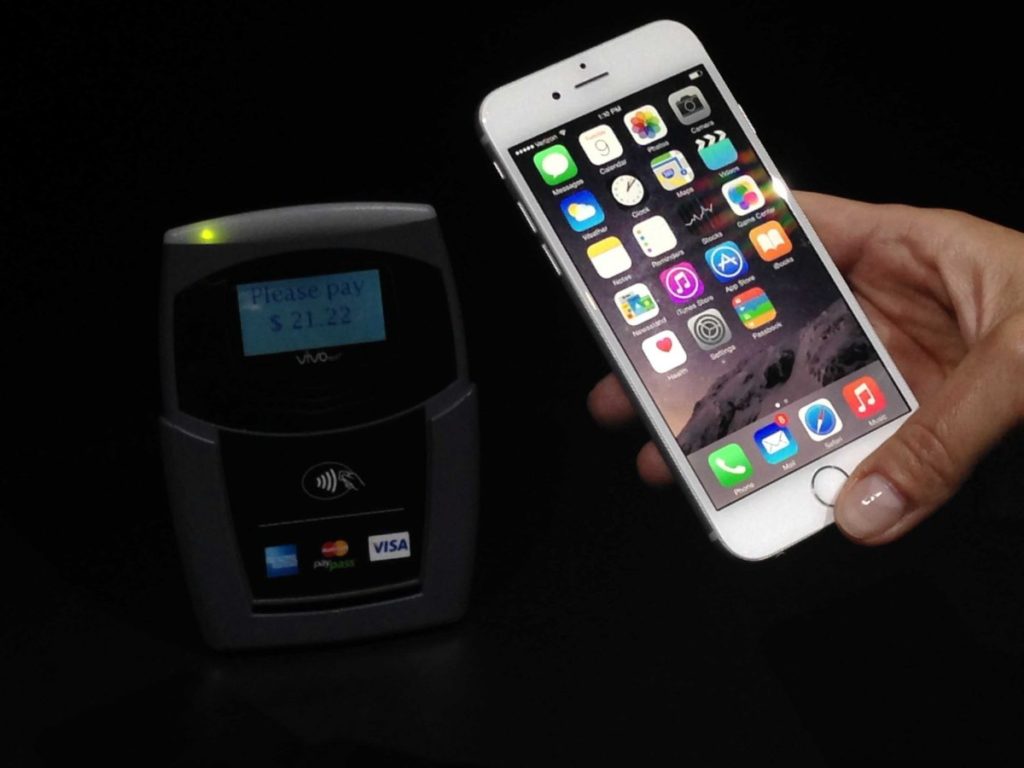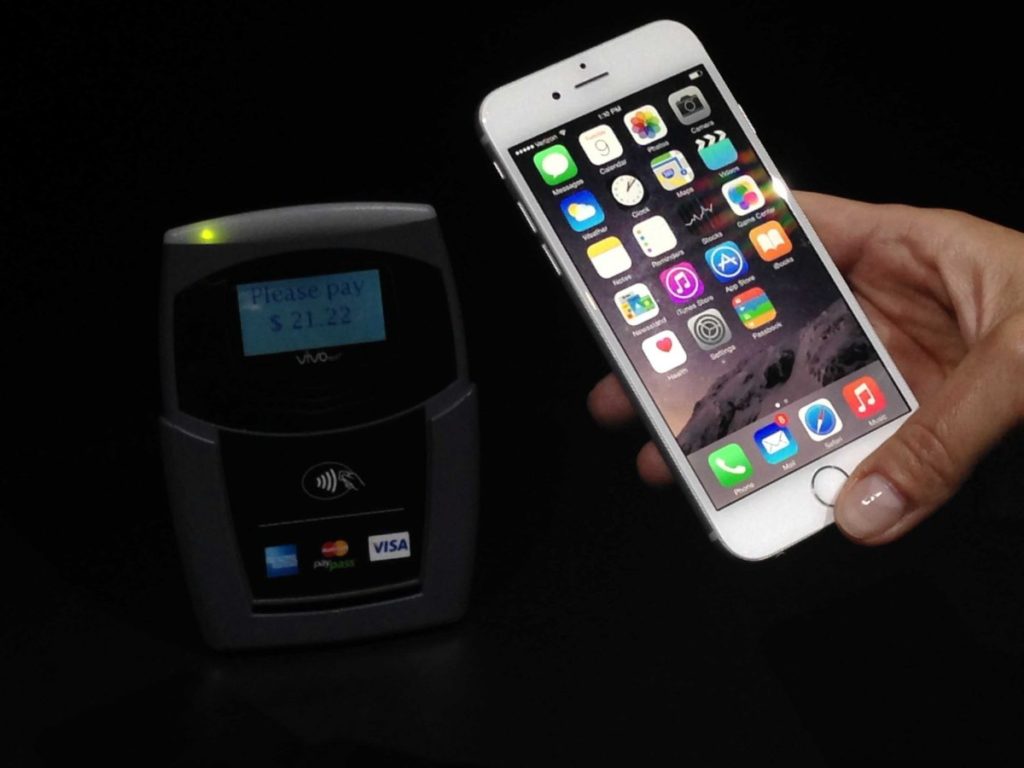
Apple Pay is currently (as of October 20, 1014) offered with the iPhone 6 and 6 Plus as well as the Apple Watch, a wrist device with Apple functionality due out in 2015. Apple Pay will also work with the iPad Air 2 or iPad mini 3, but only within apps, so you can’t accept payment from these in stores.
Although you can expect a few hitches during the technology integration phase, contactless payment is already a familiar experience in Asia and Europe, so there’s no reason to expect it won’t become commonplace here as well. Merchants wishing to add Apple Pay to their stable of services as painlessly as possible should think of the process from the customer’s point of view.
As a merchant you will need a payment terminal equipped with near field communication (NFC), which enables wireless connection between the paying device (such as an iPhone or Apple Watch) and the payment terminal, and configured for contactless transactions such as the AppStar Financial EMV90x. Your terminal, if it supports EMV technology (authentication chips for credit and debit cards), may already possess NFC, so check with your provider. Keep in mind that with this new technology, credit is likelier to go through seamlessly, so if customers ask, you may wish to recommend it.
Also keep in mind that a signal part of Apple Pay is confirmation of identity using a fingerprint rather than gathering credit card information. This means that in order to offer this option to customers, your payment terminal will need to be accessible to them. If you’ve previously kept your payment terminal next to the register and are used to running cards for customers, you’ll need to switch your setup so that they can easily reach. Moreover, with the Apple Watch, consumers will not only need to be able to reach, but do so without taking their watch off. Consider this when deciding upon the placement angle of your terminal.
You can offer receipts with Apple Pay if you want to, but many customers accustomed to paying with an app may prefer an email rather than a printout. To provide the best customer service experience, it’s probably best to keep the receipt option open.
Theoretically, Apple Pay does reduce the likelihood of fraud. Because it relies on near field communication, Apple Pay allows transmission of payment information between customer and retailer without distributing that information to a wider network.
Additionally, your payment terminal verifies their identity through means of a fingerprint rather than by taking credit card information. This removes your responsibility to safeguard that information from theft or fraudulent use. Of course, scammers and hackers will find other ways to work around this, but for the time being merchants who accept Apple Pay reduce their own burden of responsibility.
Because Apple is known for partnering with big names and offering incentives to use its technology, small business owners should avoid the possibility of being left behind by signing up from the get-go. As a small business, you may only need to replace a few machines, minimizing your cost of entry. Once you do, you’ll be ready to accept payment and compete with anyone else who does.
Overall, Apple Pay promises a better user experience by increasing security and reducing transaction time. While it shouldn’t impact your business model at all or your workflow very much, merchants who adopt Apple Pay early stand to gain credibility and trustworthiness in the eyes of their customers. Especially as this technology will eventually become widespread, you’ve nothing to lose from early adoption. It is going to happen in the very near future that your customers will not carry a wallet anymore. Their only form of payment will be contactless through Apple Pay or something similar. Businesses who are not set up will lose that sale.
To learn more about how AppStar Financial can help you with Apple Pay integration please contact us.

